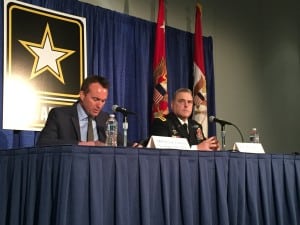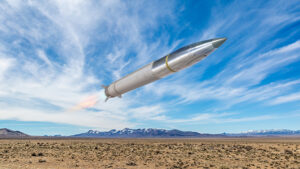
Gen. Mark Milley, having spent the first year of his tenure as Army chief of staff shoring up the service’s near-term readiness, has set his sights on modernizing the force for future conflicts.Appearing at his second Association of the U.S. Army annual meeting as chief, Milley on Monday said he and Army Secretary Eric Fanning would focus their attention on the “deep future” of an Army that could fight a near-peer adversary beyond 2025. “Last year we talked about readiness…

 By
By 









